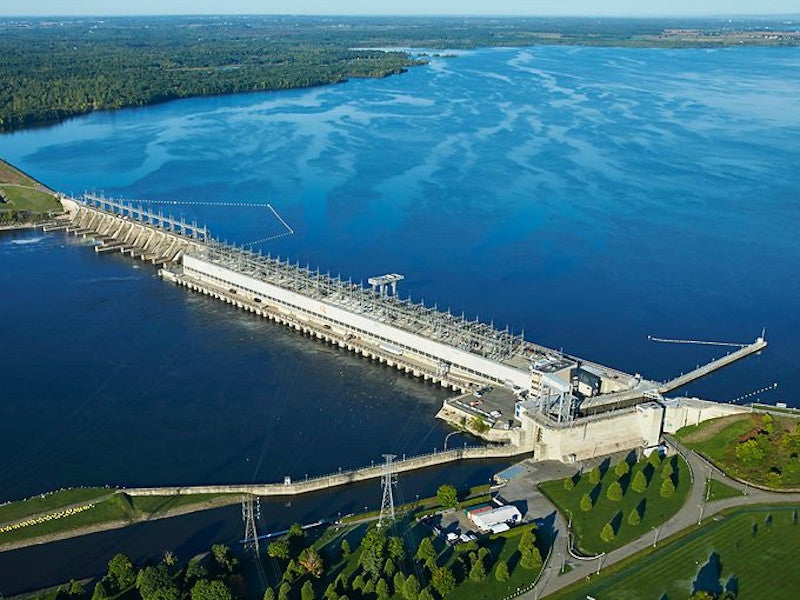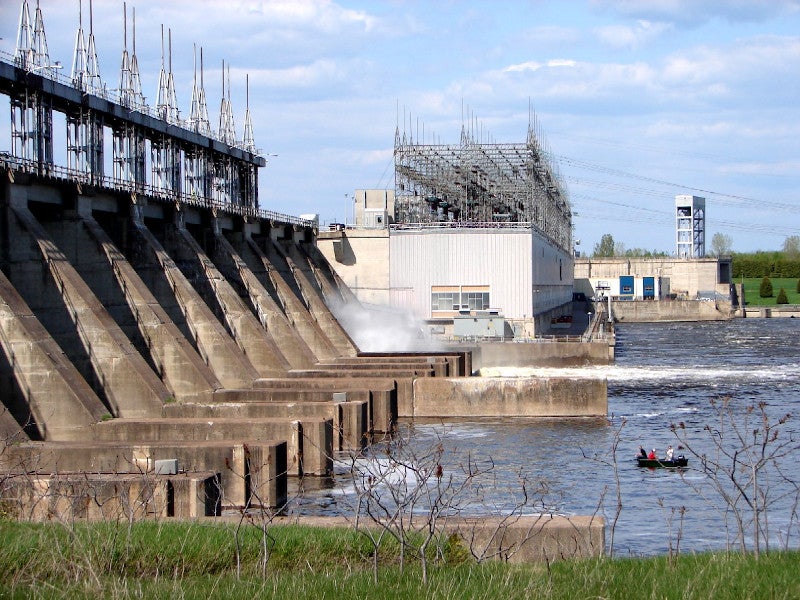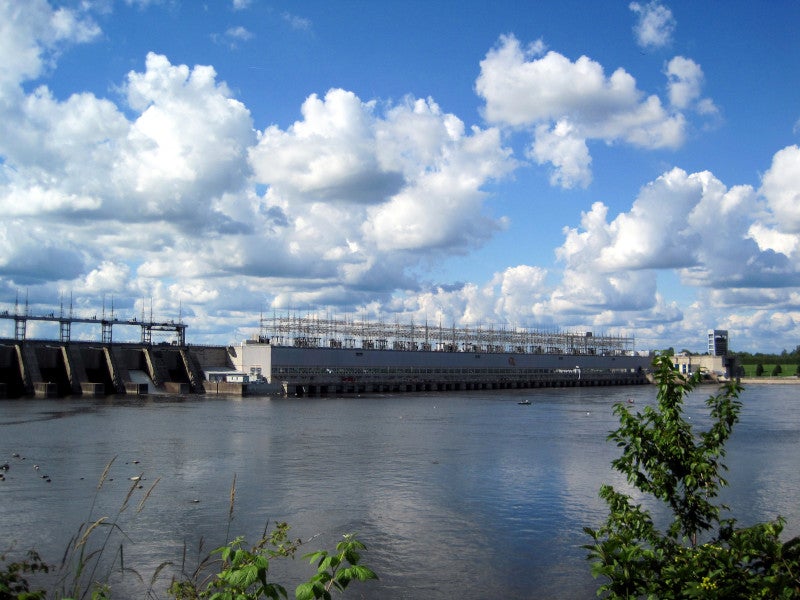The 753MW Carillon hydroelectric power generating station is one of the oldest hydropower plants in Canada. It is set to undergo a multi-year upgrade and rejuvenation project to extend its operational life.
Canadian electric utility company Hydro-Québec will execute the refurbishment project in a phased manner to extend the operational life of the run-of-river hydroelectric power facility for the next 50 years.
In phase one, the upgrade project includes the replacement of six of 14 existing generating units and the station roof, and the upgrading of electrical equipment. Estimated to cost approximately £438m ($569m), phase one works are scheduled to begin in 2021 and continue until 2027.
The entire refurbishment project is expected to last until 2036 and requires approximately 600,000 hours of work.
Location and site details
The Carillon hydroelectric power plant was built near the town of Long-Sault on the Ottawa River or the Rivière des Outaouais.
The Ottawa River separates Quebec in the north from Ontario in the south, while the power station is situated in Quebec with the spillway of the dam located in Ontario.
Carillon hydropower generating station make-up
The existing Carillon hydroelectric power station consists of 14 generating units of approximately 54MW capacity each. The facility was built at the site of the old dam and was commissioned in phases during the period of 1962 to 1964.
The power station generates enough electricity for up to 150,000 households. It also supplies electricity to the Montreal area during peak hours.
The facility is equipped with adaptable Kalpan turbines that can handle the vane angle adjusted to the quantity of water. The turbine is capable of handling the mean flow of the Ottawa River which varies from 2,000m per second to 8,000m per second during the spring freshet season.
Carillon hydroelectric power generating station dam details
The dam is 1,128m long, 19.8m wide, and 16.8m high, and it is supported by 7.6m high dykes from each side of the upstream portion of the dam. The left dyke of the dam measures 4.5km in length, while the length of the right dyke is 1km.
The mean annual discharge of the Carillon dam is 1,933m3 per second and the drainage area is 143,000km2. The boat traffic to the up and down of the river is managed by an operational lock on the north side of the dam.
Transmission details
The Carillon generating station forms part of the Hydro-Québec TransÉnergie’s transmission system, which is spread in more than 34,272km of lines at various voltages. The system comprises 533 substations with interconnections in New-Brunswick, Ontario, New York, and New England.
Contractors involved
American Galvanizers Association performed hot-dip galvanising for protecting the structures of the generating station in 2016. All structural steel components including beams, angles, channels, stairs, and handrails were galvanised using 85t of steel and HDG coating.
Andritz was selected to carry out the supply and installation works for the first phase of the upgrade and refurbishment project. The scope of the contract includes design, manufacture, transportation, assembly, testing, and commissioning of the entire equipment including generators, speed governors, and turbines.
Andritz also supplied and commissioned the existing power generating units.
Initial investigations of turbine-generator units and other heavy mechanical components such as gantry crane and powerhouse bridge cranes were provided by WSP. The contractual scope also included civil investigations and design works for the project.





